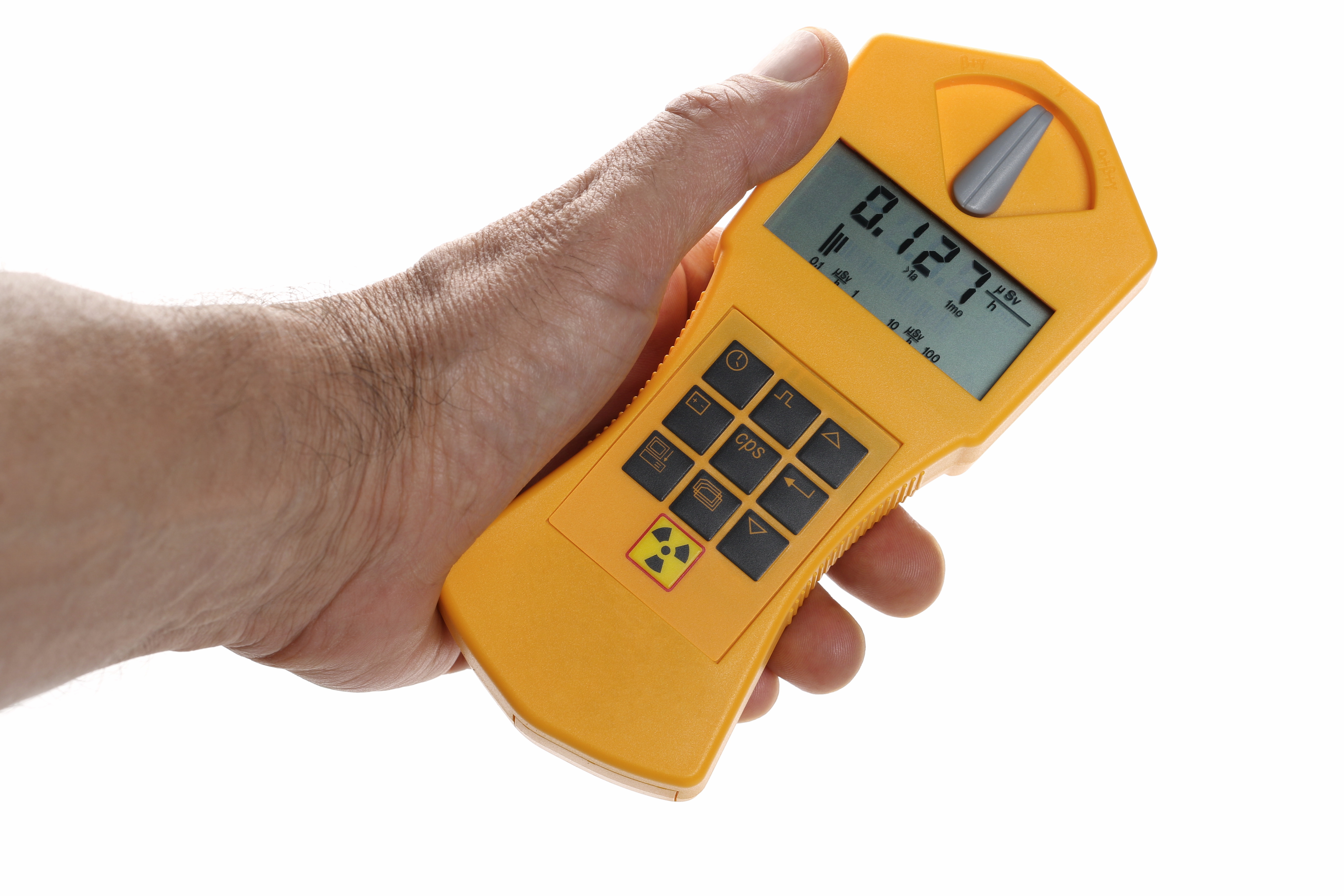
Source: Author dule964/ Adobe Stock #371496609
Institute Reference: INV-21128
Background
The effective detection of X-ray radiation is essential to many medical and industrial applications, including material analysis, X-ray astronomy, and security inspection. Based on the application type, X-ray detection needs differ. Security inspection and medical radiography require a quick response and high sensitivity. Material analysis and X-ray astronomy need high energy and spatial resolution. High quantum efficiency is in demand for all applications. X-rays can be detected by X-ray films, the traditional method of imaging; however, this is not useful for all applications. Phosphor- or scintillator-based detectors are indirect detectors that convert the X-rays into visible lights. Semiconducting and superconducting detectors can directly detect X-ray with hypersensitivity, but they have limited energy resolution. Gas detectors, such as Geiger counters, are the last types of detectors that require high voltage power. Furthermore, current Geiger counters may not be accurate in measuring the radiation dose. This is because an x-ray is usually a concentrated burst of radiation, and a Geiger counter measures by detecting individual ionizing events in its Geiger tube. Ionizing events usually occur so fast that the instrument cannot detect all of them, giving a reading that does not reflect the full amount of radiation. Therefore, new X-ray detectors should be designed to overcome the current limitations of detection methods.
Technology Overview
Researchers at Northeastern have developed a lightweight, highly sensitive, small size, and low-cost X-ray detector that operates at very low operation voltage. This detector works similarly to conventional Geiger counters. An applied X-ray splits the inert gas in the device chamber into positive ions and negative electrons. When the voltage is applied, an electric field is created that helps to separate ions and electrons, leading them to the electrodes directly. The current changes caused by the detection of electrons are used to analyze detailed information such as X-ray power, the distance between X-ray source and detector, and the profile of X-ray in real-time. However, the novel design of this device enables the detection of both positive and negative ions faster and more precisely than previous Geiger counters. Also, the radiation sensor device does not require a recovery time and can handle successive detection tasks. Application of specific nanomaterials in the design of the Geiger counter provides extremely low or no noise, which leads to increased sensitivity of radiation sensors. Such nanomaterials also solves other major problems of current X-ray detectors that generally consume high energy, have low sensitivity, and are bulky in their size. The unique design along with the material of this device allows it to be built on mechanically flexible and optically transparent substrates, that can be attached to the skin or clothes as a self-powered dosimeter. Optimization of design also provides the possibility to apply the device in many other applications such as gamma radiation detection.
Benefits
- Very low operational voltage
- Fast and highly sensitive
- X-ray profiling in real-time
- No recovery time required
- Extremely low noise level
- Small and lightweight
Applications
- X-ray spectroscopy
- Medical imaging
- Aerospace industries
- Flexible and wearable X-ray dosimeter
- Portable, stretchable, and/or transparent X-ray detectors
Opportunity
- Licensing
- Partnership
- Research Collaboration